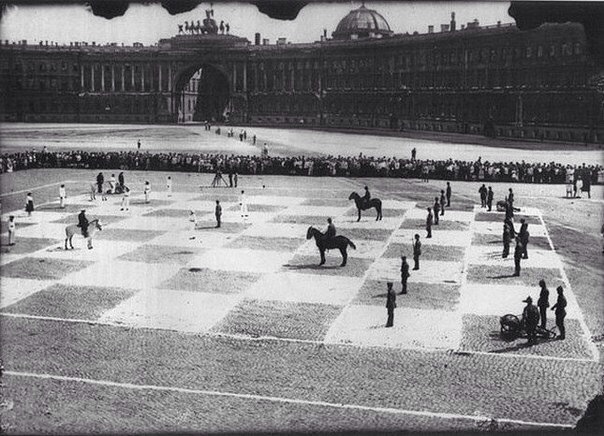Assorted links VI

Brabant says he had heard about Côté’s experience, so he sent in a sample of DNA from his French poodle, Mollie, to the same company CAPC uses for DNA testing.
It determined the dog had five per cent Native American ancestry: two per cent Oji-Cree, two per cent Saulteaux and one per cent Mississauga.
I tried to work out what deep learning was about. Most of the candidates were too sleep deprived to dissemble. Basic answer: every sexy project we do—flying quadcopters, getting another 0.1% on the MNIST—is basically one graduate student.
You work out the topology of the neural net. Then you find the weights. How? The answer: “graduate student descent”, a little pun to giggle over floppy croissants at the student cafe—in short, there’s no good answer, a human being sits there and twiddles things about.
Machine learning is an amazing accomplishment of engineering. But it’s not science. Not even close. It’s just 1990, scaled up. It has given us literally no more insight than we had twenty years ago.
“[T]he three mostly deadly types the Aedes, Anopheles and Culex are found almost all over the world and are responsible for around 17 per cent of infectious disease transmissions globally.”
From November 2017 to June this year, non-biting male Aedes aegypti mosquitoes sterilised with the natural bacteria Wolbachia were released in trial zones along the Cassowary Coast in North Queensland.
They mated with local female mosquitoes, resulting in eggs that did not hatch and a significant reduction of their population.
Which begs the question: why do admen and adwomen stay in their industry, when it’s generally viewed so negatively?
That moral stigma shows up in annual Gallup polls, where American are asked how they would rate “the honesty and ethical standards” of people in different fields. Year after year, advertising practitioners come in around the bottom of that list, right along with members of congress, lobbyists, and car salespeople.
Through the first author’s field observations and interviews, we found that advertising practitioners justified the moral worth of their work through narratives that tied their work to some conception of the common good, emphasizing the good service they believe advertising can provide to society.